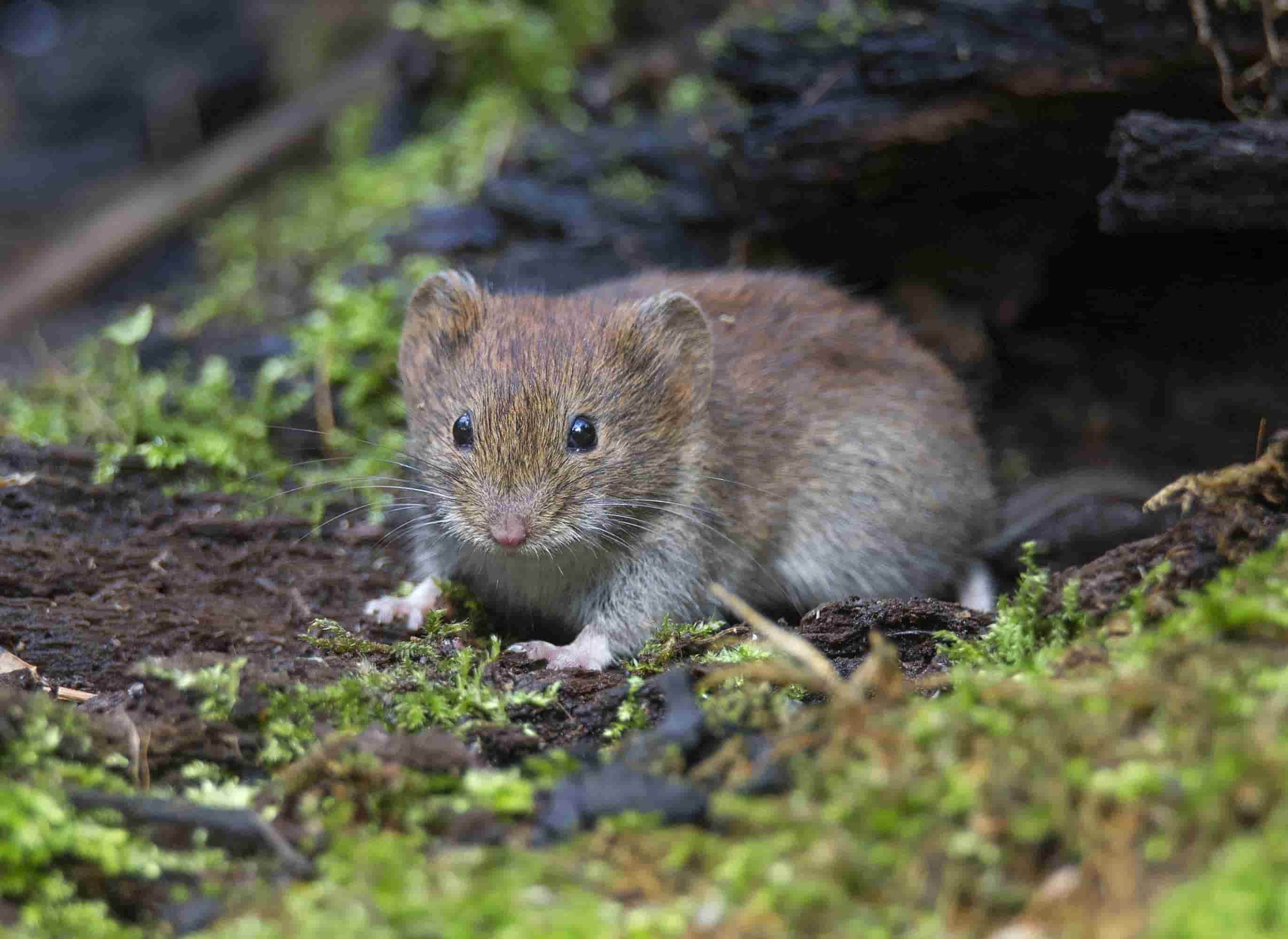Vole Grass Damage Solutions: Effective Control Methods
Vole Grass Damage Solutions: Effective Control Methods
Blog Article
Mastering Vole Bug Control: Thorough Insights on Problem Avoidance and Treatment Methods
As homeowner and caretakers, the presence of voles can posture a significant challenge to preserving the stability of our exterior areas. Understanding the complexities of vole behavior is crucial in creating efficient parasite control strategies. By identifying the subtle indications of vole invasion beforehand, we can take aggressive actions to protect against prevalent damage. In this conversation, we will discover the subtleties of vole behavior, delve right into the recognition of infestation indicators, and reveal one of the most efficient avoidance and therapy techniques. Keep tuned to uncover the understandings that will certainly encourage you to understand vole parasite control and safeguard your residential property against these evasive rodents.
Understanding Vole Behavior
Examining the foraging patterns of voles provides valuable insights right into their behavior and habitat preferences. By observing their foraging habits, scientists can gain a much better understanding of where voles favor to establish their habitats and the degree of their ecological impact.
Research suggests that voles exhibit selective feeding habits, choosing tubers, seeds, and origins. This dietary preference influences their foraging patterns, leading them to locations abundant in vegetation and ground cover. Furthermore, voles are known to create fancy passage systems for foraging and nesting functions, suggesting a high level of adaptability to their environments.
Recognizing vole behavior is vital for implementing targeted insect control steps that interrupt their habitat choices and foraging activities (vole lawn damage). By examining their habits, specialists can develop more reliable avoidance and treatment methods to handle vole invasions

Identifying Indicators of Vole Invasion
Vole infestations can be found by acknowledging specific indications of their presence in an area. One of the most typical indicators of a vole infestation is the visibility of surface paths.
Another vital indicator of vole invasion is the presence of small burrow openings in the ground. Voles dig shallow burrow systems with several entryways and leaves. These burrows serve as shelter and nesting sites for the voles. Additionally, voles are known to leave eaten plant stems, origins, and bulbs near their burrow openings, showing their feeding task in the location.
Discovering these droppings along runways or near burrow openings can confirm a vole infestation. By being attentive for these signs, residential or commercial property owners can promptly address vole infestations and stop further damages.
Carrying Out Positive Avoidance Procedures

Additionally, using natural vole deterrents like castor oil-based repellents or predator urine can work as reliable safety nets. It is additionally recommended to regularly check outdoor spaces for any kind of indicators of vole task, such as paths or burrow openings, to attend to possible problems immediately. vole lawn damage. By taking on discover this these aggressive avoidance strategies, residential property proprietors can dramatically reduce the possibility of vole damages and keep the wellness and aesthetics of their landscapes
Efficient Treatment Methods
Including targeted trapping approaches and utilizing accepted rodenticides are crucial parts of reliable treatment techniques for managing vole invasions. Trapping can be a reliable means to minimize vole populations, especially when put tactically in their active paths. Break catches and live catches can both be efficient, with the last enabling the capture and moving of voles. When utilizing rodenticides, it is important to follow safety standards to stop injury to non-target pets and animals. Place rodenticides in protected lure terminals to minimize threats to unintended targets. Furthermore, environment alteration, such as minimizing ground cover and removing resources of food, can aid discourage voles from infesting a location. Routine monitoring and maintenance are likewise vital facets of successful therapy strategies to ensure that vole populations are kept under control. By integrating capturing, rodenticides, habitat modification, and consistent surveillance, efficient vole parasite control can be attained.
Monitoring and Maintenance Tips
Regular monitoring enables for the very early discovery of vole task, making it possible for prompt intervention before infestations intensify. To successfully monitor vole populations, strategically placed traps can be used in vole paths or near burrow entryways.
In addition, keeping a tidy and well-kept landscape is necessary in vole avoidance. Clearing up away particles, such as heaps of timber or thick plant life, eliminates potential vole environments. Regularly mowing lawns and cutting vegetation helps reduce vole hiding spots and minimizes their accessibility to food sources.
Furthermore, ongoing maintenance of physical obstacles, such as fences or wire mesh, is vital to avoid vole invasion. Checking and fixing any damages to these structures guarantees that vole control continues to be efficient in securing residential check this site out properties from invasions. By incorporating these monitoring and upkeep techniques right into an extensive vole pest control strategy, people can efficiently manage vole populations and protect their residential or commercial properties from damage.
Conclusion
To conclude, understanding vole bug control calls for a solid understanding of vole habits, the capacity to determine indicators of infestation, implementing proactive avoidance steps, effective therapy techniques, and regular surveillance and maintenance. By taking a comprehensive method to vole control, people can properly manage and stop invasions, eventually protecting their building and surrounding environment from damages triggered by these tiny rodents.
In this discussion, we will discover the subtleties of vole actions, delve right into the recognition of invasion indicators, and uncover the most effective prevention and therapy approaches.Including targeted trapping approaches and making use of authorized rodenticides are necessary parts of efficient treatment strategies for taking care visit this web-site of vole problems. To properly keep track of vole populaces, tactically put catches can be utilized in vole runways or near burrow entrances. Evaluating and repairing any type of problems to these structures ensures that vole control stays reliable in safeguarding properties from invasions. By including these tracking and upkeep practices into an extensive vole parasite control strategy, individuals can successfully handle vole populaces and shield their buildings from damage.
Report this page